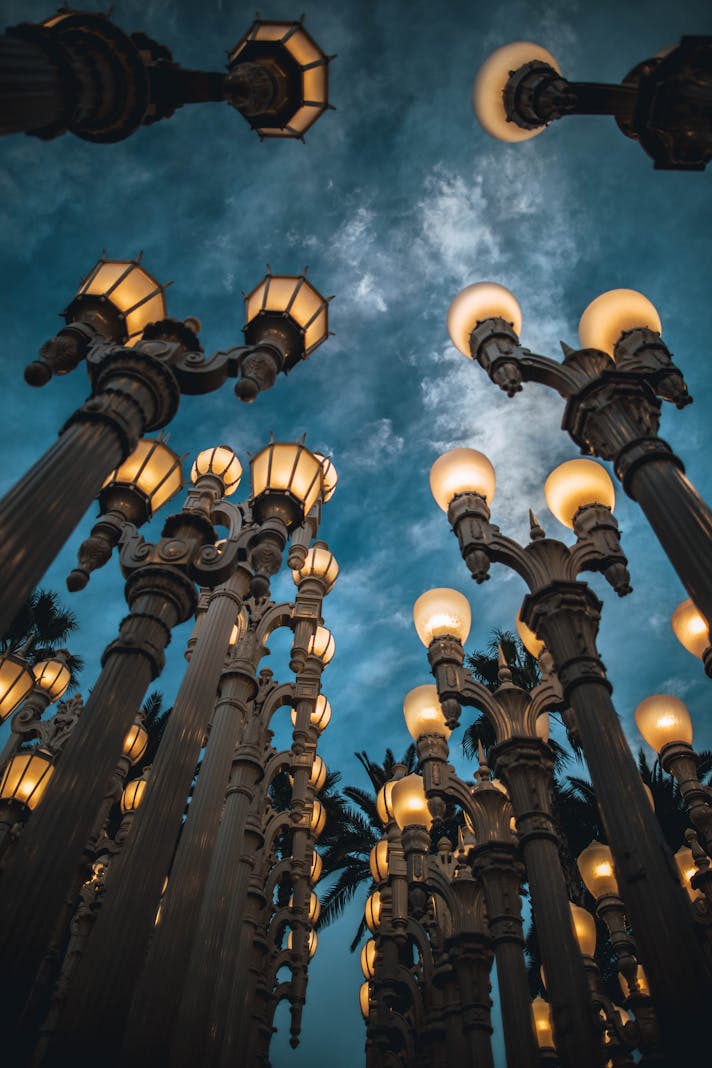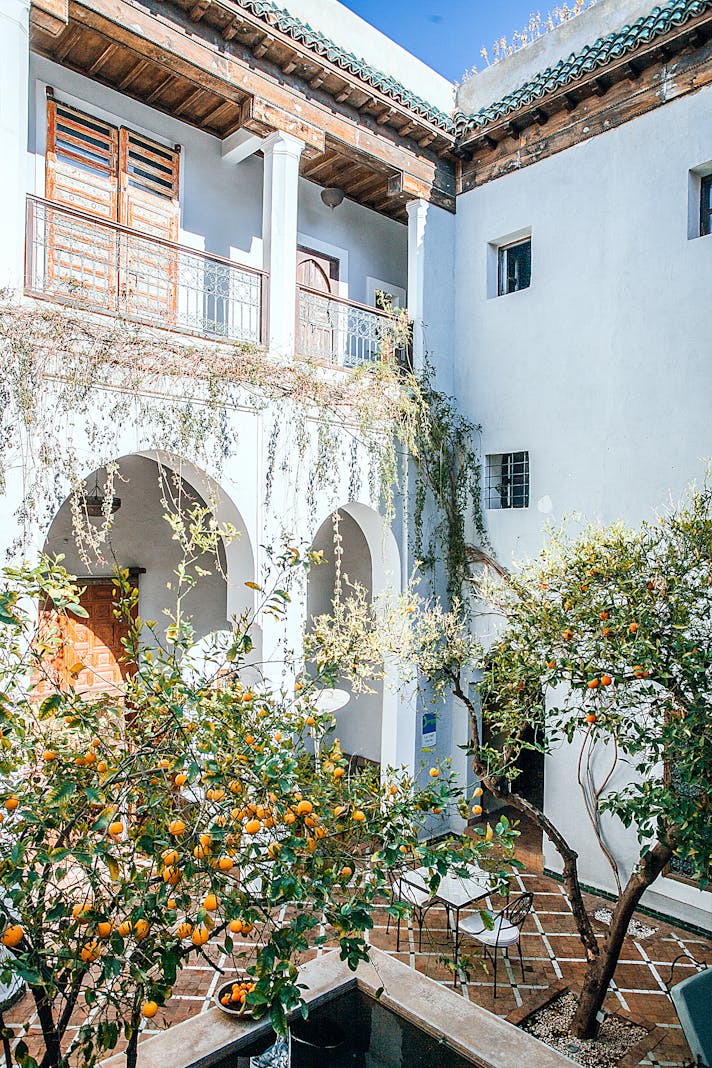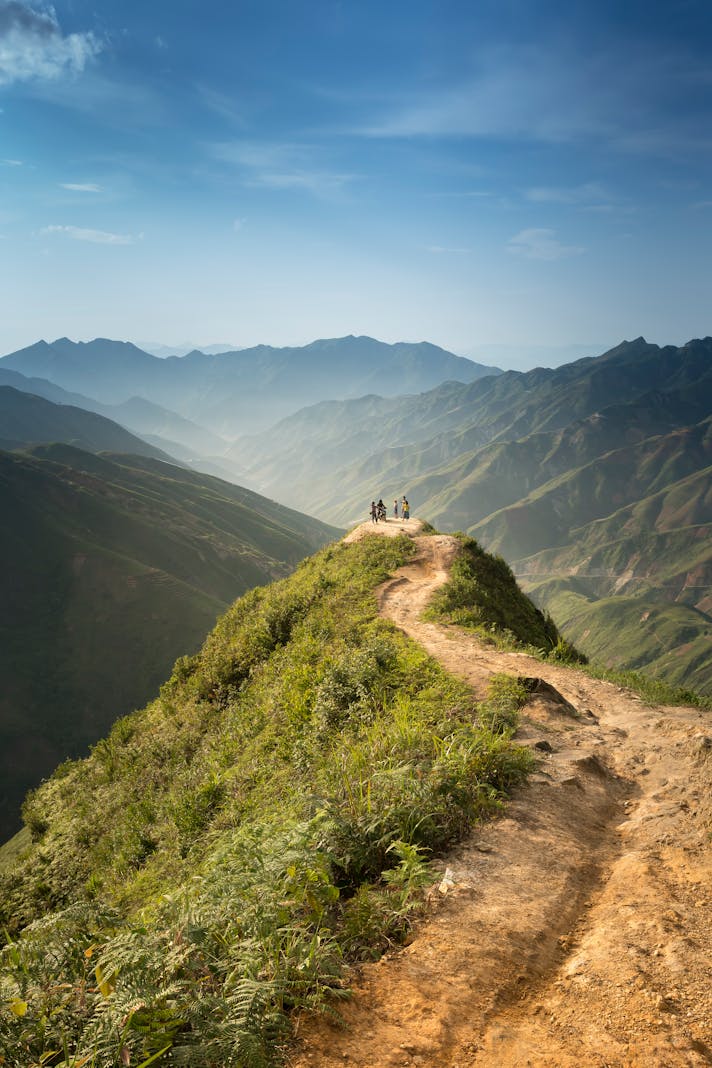Joshua Tree National Park

California is known for its beaches, but should also be revered for its deserts. While many people initially find the harsh ecosystem off-putting, there is a subtle beauty that grows on the visitor as well as a spiritual pulse. The practice of going to the desert for a retreat goes back to Biblical times, but the tourist destinations in the California desert are cutting-edge in their ability to offer relaxation and renewal. One gem, Joshua Tree National Park, offers two desert ecosystems amid a geological paradise.
Located east of Palm Springs and halfway between Los Angeles and San Diego, Joshua Tree straddles both the Mojave and Colorado deserts. The latter is known as ‘low’ desert country, and is hotter and drier than its ‘high’ desert counterpart. The park’s namesake, the Joshua Tree, is a Mojave resident. The high country was briefly the home for cattle ranching in the early part of the twentieth century. Visitors to the national park should consider taking a tour of Keyes Ranch, an area kept in a state of ‘arrested decay’ but once home to a family attempting to homestead in this arid climate.
The park is perhaps best known for its large areas of rocks and boulders, offering incredible opportunities for those interested in rock climbing. The web site offers information for those interested in discovering the current status of climbing routes. Companies such as REI offer trips of various lengths for those wishing to learn the sport; experienced climbers can bring their equipment and spend an afternoon, a day, or longer exploring areas of interest.
Joshua Tree offers hikers and backpackers the chance to interact with either desert ecosystem as well as visit oases located within the park boundaries. Nature trails can be found at the Visitor Center and at various parking areas and campgrounds. Longer trails range from moderately strenuous to difficult, as they may involve elevation gain or rock scrambling. The views and photo opportunities, however, more than make up for the exertion; this is an incredible way to become familiar with the flora and fauna of the desert.
Located relatively far from major cities, Joshua Tree offers something that few campers get to see: unspoiled night skies. Bring binoculars or even portable telescopes, as dry climate all but ensures the possibility of seeing the Milky Way, specific stars, and other astronomical delights. The Andromeda Society offers ‘star parties’ once a month at the Hidden Valley picnic area within the park; information about these events can be found at the Southern California Video Astronomer’s web site (scdva.org). Of course, intrepid souls can simply set up at one of the nine campsites located within the park and pull out viewing tools once sunset is passed.
The Joshua Tree National Park Association offers adult education field classes that focus on history, natural science, citizen science, and the creative arts. Their offerings in astronomical photography fill up quickly; while there is a waiting list, those interested would be well advised to check often for future classes at the web site (joshuatree.org). In addition, visitors can participate in guided hikes are led by professional naturalists.
There are four Visitor Centers, each one hosting a bookstore, exhibit space, and picnic area. While there are no hotels or hostels within the park, lodging may be found in the nearby village of Twentynine Palms. Visitors can camp within the park at one of nine campgrounds; reservations can be made at Black Rock (which has water available) and Indian Cove (which does not). The other seven campgrounds operate on a first-come, first-serve basis. The park is very popular on weekends outside the summer months, and those without reservations would be wise to arrive early in order to find a place to camp. As there are no restaurants or grocery stores, campers must bring their own food and store it in wildlife-proof containers. Those interested in staying overnight in the back country must register at one of the thirteen back country registration boards and pack in water. More information about camping and backpacking can be found on the park web site.
Located east of Palm Springs and halfway between Los Angeles and San Diego, Joshua Tree straddles both the Mojave and Colorado deserts. The latter is known as ‘low’ desert country, and is hotter and drier than its ‘high’ desert counterpart. The park’s namesake, the Joshua Tree, is a Mojave resident. The high country was briefly the home for cattle ranching in the early part of the twentieth century. Visitors to the national park should consider taking a tour of Keyes Ranch, an area kept in a state of ‘arrested decay’ but once home to a family attempting to homestead in this arid climate.
The park is perhaps best known for its large areas of rocks and boulders, offering incredible opportunities for those interested in rock climbing. The web site offers information for those interested in discovering the current status of climbing routes. Companies such as REI offer trips of various lengths for those wishing to learn the sport; experienced climbers can bring their equipment and spend an afternoon, a day, or longer exploring areas of interest.
Joshua Tree offers hikers and backpackers the chance to interact with either desert ecosystem as well as visit oases located within the park boundaries. Nature trails can be found at the Visitor Center and at various parking areas and campgrounds. Longer trails range from moderately strenuous to difficult, as they may involve elevation gain or rock scrambling. The views and photo opportunities, however, more than make up for the exertion; this is an incredible way to become familiar with the flora and fauna of the desert.
Located relatively far from major cities, Joshua Tree offers something that few campers get to see: unspoiled night skies. Bring binoculars or even portable telescopes, as dry climate all but ensures the possibility of seeing the Milky Way, specific stars, and other astronomical delights. The Andromeda Society offers ‘star parties’ once a month at the Hidden Valley picnic area within the park; information about these events can be found at the Southern California Video Astronomer’s web site (scdva.org). Of course, intrepid souls can simply set up at one of the nine campsites located within the park and pull out viewing tools once sunset is passed.
The Joshua Tree National Park Association offers adult education field classes that focus on history, natural science, citizen science, and the creative arts. Their offerings in astronomical photography fill up quickly; while there is a waiting list, those interested would be well advised to check often for future classes at the web site (joshuatree.org). In addition, visitors can participate in guided hikes are led by professional naturalists.
There are four Visitor Centers, each one hosting a bookstore, exhibit space, and picnic area. While there are no hotels or hostels within the park, lodging may be found in the nearby village of Twentynine Palms. Visitors can camp within the park at one of nine campgrounds; reservations can be made at Black Rock (which has water available) and Indian Cove (which does not). The other seven campgrounds operate on a first-come, first-serve basis. The park is very popular on weekends outside the summer months, and those without reservations would be wise to arrive early in order to find a place to camp. As there are no restaurants or grocery stores, campers must bring their own food and store it in wildlife-proof containers. Those interested in staying overnight in the back country must register at one of the thirteen back country registration boards and pack in water. More information about camping and backpacking can be found on the park web site.

Related Articles
Editor's Picks Articles
Top Ten Articles
Previous Features
Site Map
Content copyright © 2023 by Korie Beth Brown, Ph.D. . All rights reserved.
This content was written by Korie Beth Brown, Ph.D. . If you wish to use this content in any manner, you need written permission. Contact Korie Beth Brown, Ph.D. for details.







